Researching for Plywood: Material of the Modern World we have uncovered many unusual and unexpected uses of plywood. It was used by the ancient Egyptians to make coffins, by an American inventor in the 19th century to build an elevated tubular railway and by Antarctic explorers to furnish their expedition huts.
In the early 20th century the Estonian company Luterma (previously A.M. Luther) began manufacturing an array products from suitcases to hatboxes, laundry bins, barrels and trays. These commonplace items, which you might expect to be made of leather, wicker, solid wood or metal, were surprisingly made of plywood.
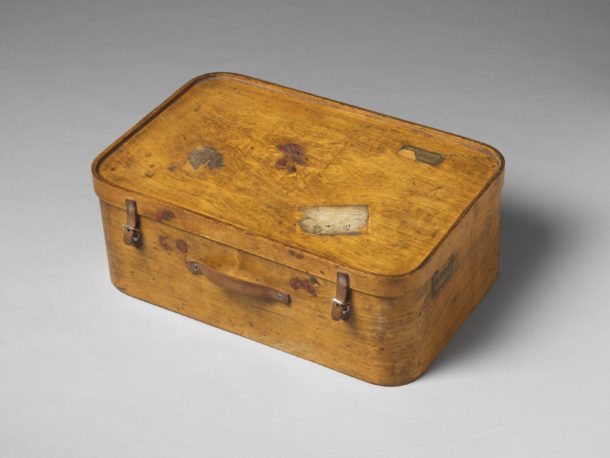
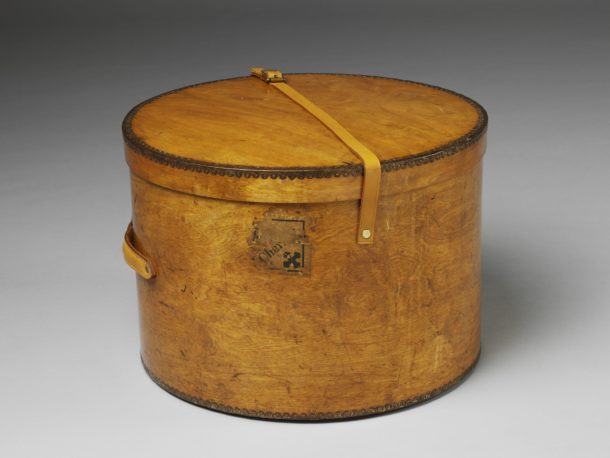

Among this array of products Luterma also made small cylindrical plywood bags. But why make a bag in plywood? Well there are a number of possible reasons for this. A good starting point is to look at what the bags would have been used for.
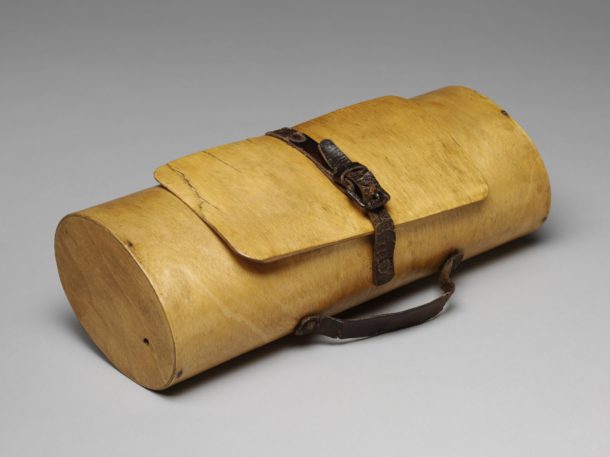
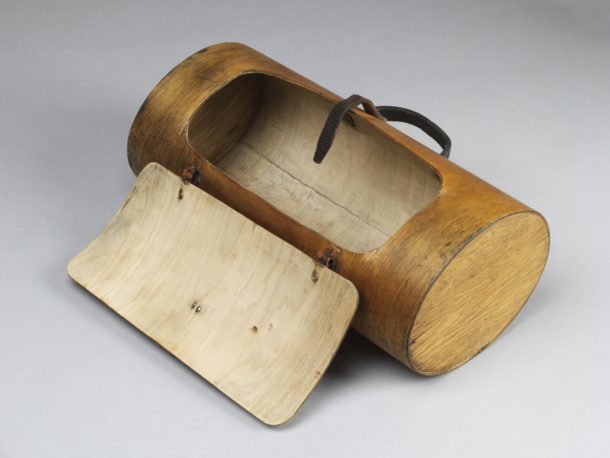
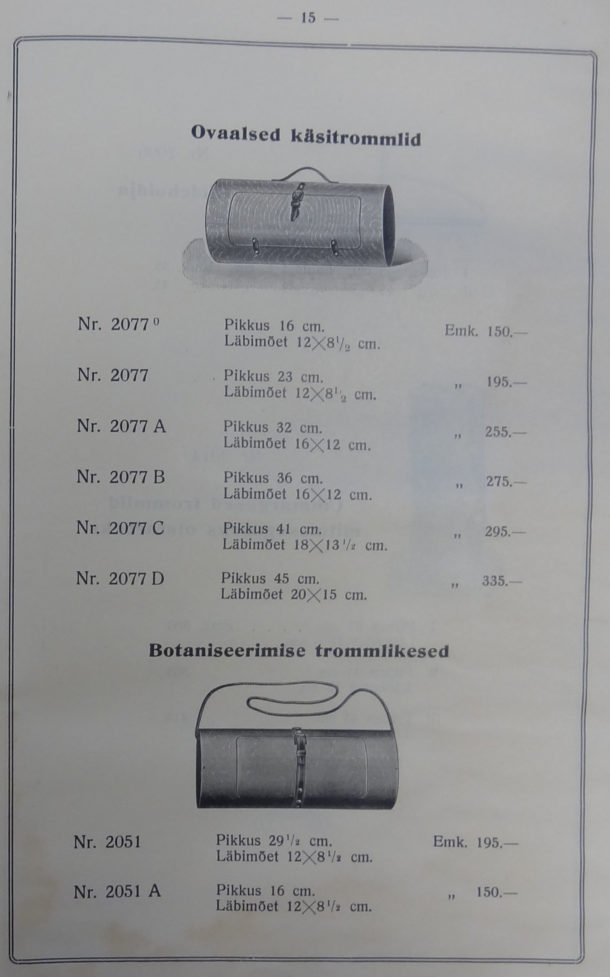
A Luterma catalogue from about 1920 reveals that one of the intended uses for the bags was as a receptacle for botanical specimens. It therefore seems likely that the design of these bags was based on the vasculum – a container used by botanists for storing plant samples whilst collecting in the field. The origin of the vasculum has been traced back to a least as early as the 1700s and they were in use by botanists until about the mid-20th century. They came in several forms but the most common was a long, slightly flattened, cylindrical container made of metal with a hinged opening running along its length. They were usually carried over the shoulder by a leather or fabric strap but occasionally had a handle.
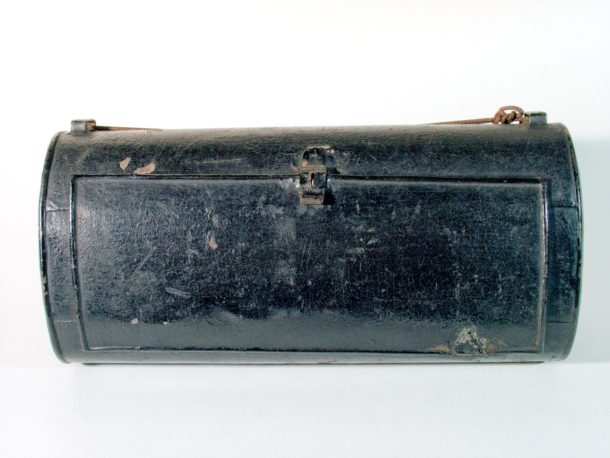
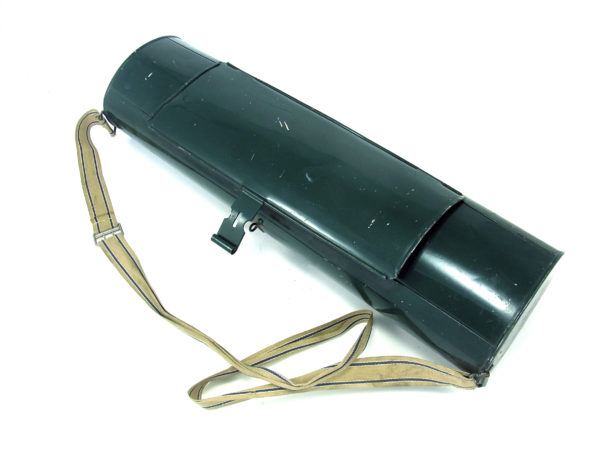
Many renowned botanists and scientists are known to have owned a vasculum including Carl Linnaeus (1707-78) and Charles Darwin (1809-82) – whose vasculum (illustrated above) is still held in the collection of The Linnean Society of London. In Tove Jansson’s (1914-2001) Moomins series of books and comic strips one of the Hemulens characters – a grumpy and obsessive botanist – is often pictured carrying a vasculum over his shoulder (though it is not clear whether it is a plywood or metal one). Once collected the specimens could be taken home and pressed or illustrations could be made of them (or in the case of Anna Atkins (1799-1871) cyanotype photographs).
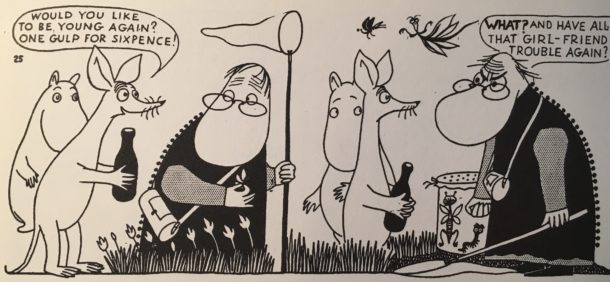
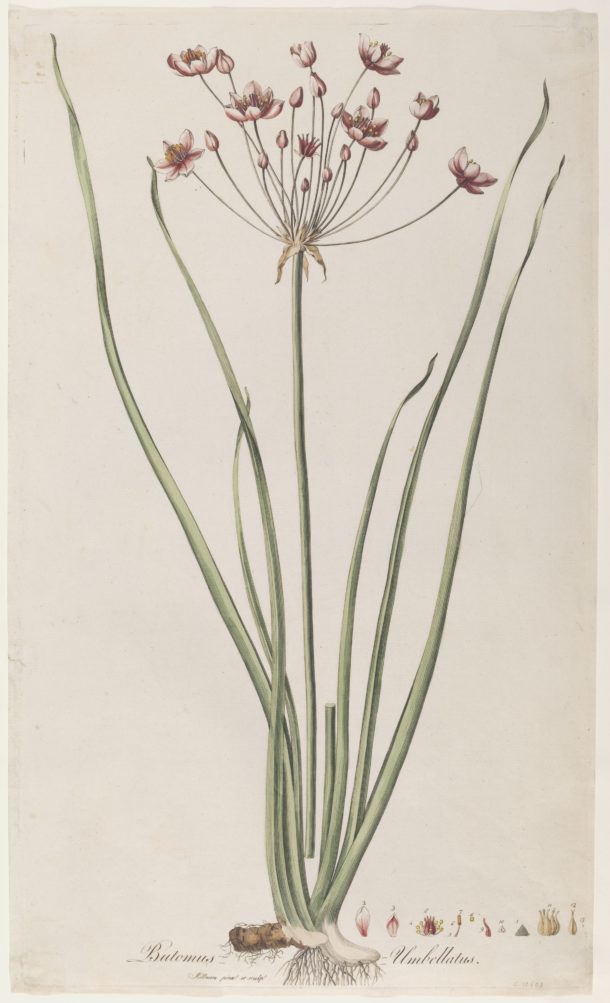
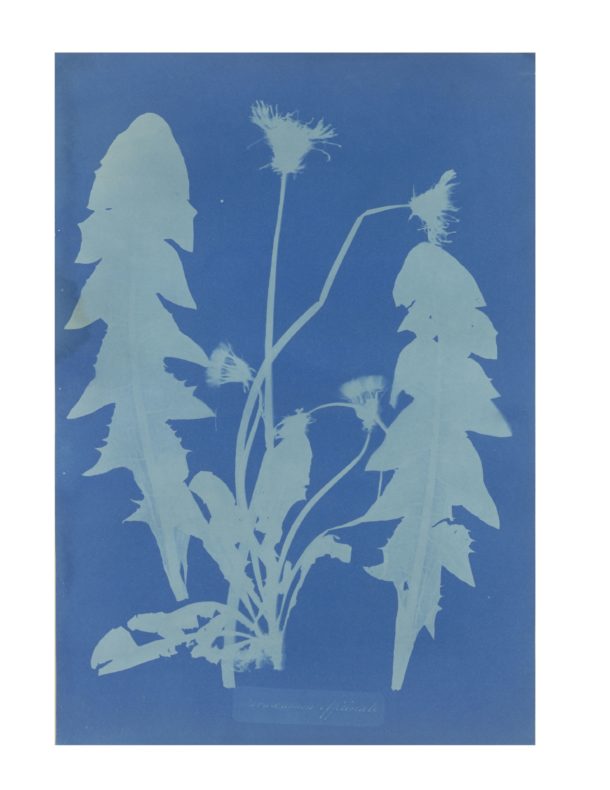
Luterma’s plywood bag is so strikingly similar in form to the metal vasculum that it is almost undeniable that this was the inspiration for their design. Plywood would have been a very suitable alternative to metal as it is lightweight, so not tiresome to carry on long journeys collecting specimens, and is strong and rigid meaning the specimens would not get squashed. It can also be easily moulded into the same cylindrical shape of the vasculum.
Plywood even has several advantages over metal: it does not conduct heat so it would be easier to keep the specimens cool and prevent them from drying out; it also does not rust (metal containers were often painted or lacquered to help prevent rusting). Both of these were common concerns often debated by botanists. Whilst collecting specimens in the tropical Cape Verde Islands in 1839 British Botanist Joseph Dalton Hooker noted: ‘The poor withered herbs that I gathered on my previous excursions used on my return to be more crumpled still from the fiery heat of the sun beating on the vasculum, and sorry specimens they have made…’
Although it seems that the form of the bags was based on the vasculum they were not solely intended to be used for collecting plants. The catalogue also advertises them as being Ovaalsed Käsitrommlid which roughly translates to ‘oval hand carton’. These bags were probably intended to carry small items, like a handbag, and were also sometimes used to contain sandwiches.
The bags would have been used by both women and men. We have come across two depictions of people using the bags – a photograph on a postcard and film footage taken at the 1924 Tallinn International Trade and Industrial Exhibition which can be watched here [at 02:30]. In both of these instances the bags are being carried by men.
The same Luterma catalogue lists a third type of bag a Kooliranits – which is a school bag. The design for this bag has been adapted from the satchel – bags made of leather or canvas usually carried across the body by a single strap or with two straps, to be carried like a backpack. These bags were invented by the Romans and were carried by soldiers. In the 1920s they were commonly used by school children, the military and by the postal service to carry mail.
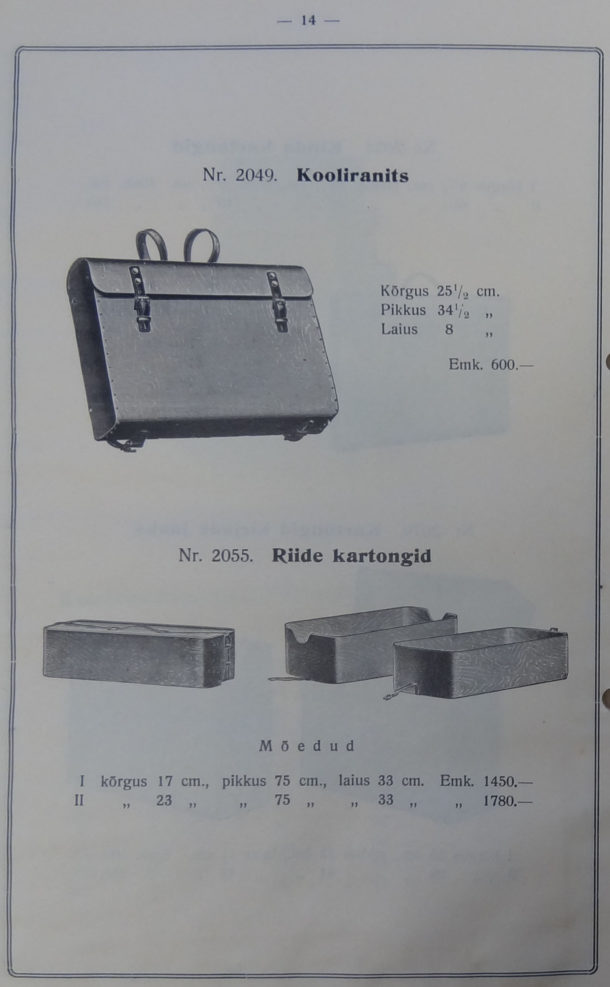
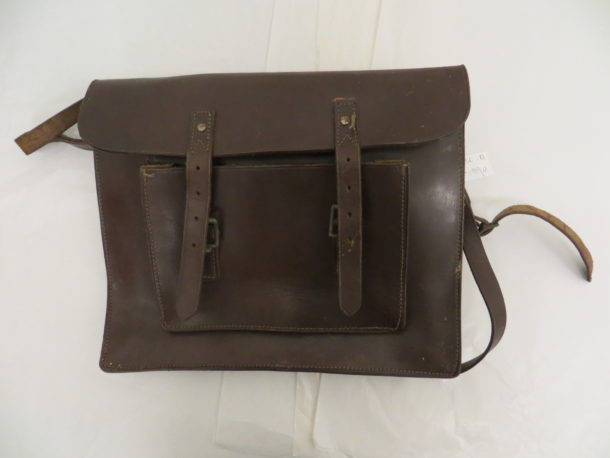
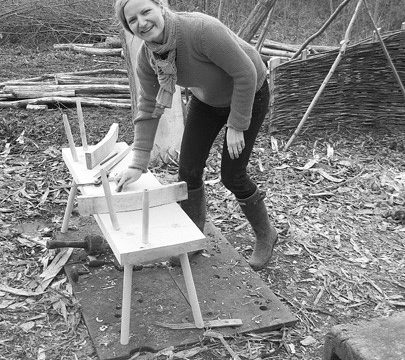
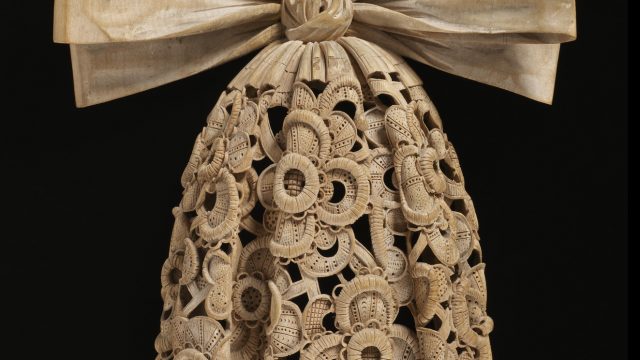
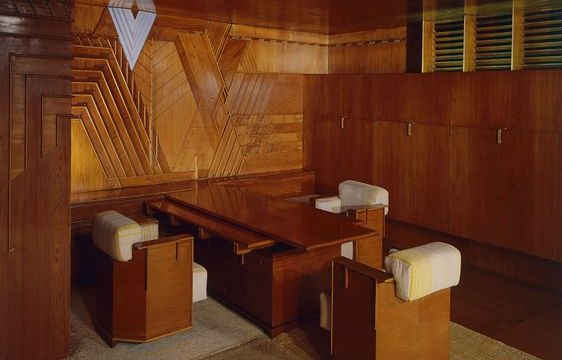
Oh this article is very interesting! I am looking for ideas to make a vasculum by myself for collecting plants, and I didn’t think birch plywood could be an option.
Thank you for sharing your researches,
Aurelie
I have a box made in Sweden from thin birch wood which was made using roots to tie the parts together. The curved wall is either soaked or steamed. And fixed with pegs and wood resin glue. So there is a tradition of making curved boxes and bags from wood, not always from plywood.
Hi
I have the smallest Luterma bag “pikkus 16 cm”, with Russian Imperial eagle stamp on it. Do you know how rare this bag is?
Thanks
Tuija
I have one of these I just bought at antique store it is stamped inside so glad to know what it is… is it worth anything?